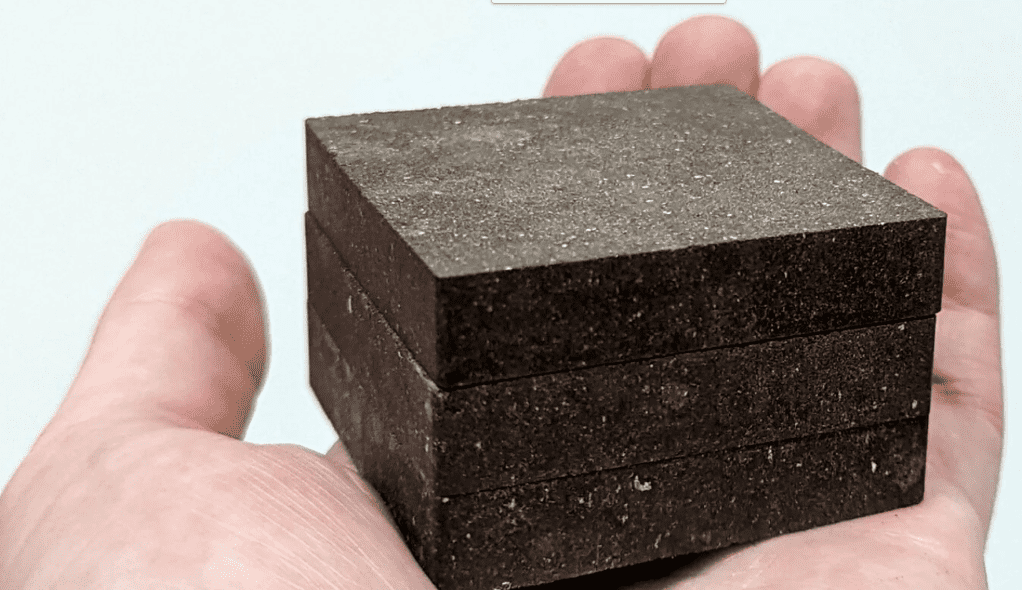What do you get when you mix starch from dehydrated potatoes, a pinch of salt, and extra-terrestrial dust? Apparently, something that’s really good to build with. ‘StarCrete’, as its creators have dubbed it, is the non-Earth version of concrete and is perfectly suited for construction on places like Mars.

Building things on Earth is one thing, but building things on another planet (or moon) is a completely different task. For starters, you don’t have access to materials or technology as on Earth. You also have different conditions that your structure needs to withstand the harsh extraterrestrial conditions. Simply put, the concrete we use in our space exploration has to be different — and it really is.
In an article published in the journal Open Engineering, researchers from the University of Manchester found a way to use simple materials that are available to astronauts and use them to produce concrete.
The results build on previous research that suggested using astronauts’ blood or urine as binding agents but is less extreme. The key is potato starch, explains Aled Roberts, a Research Fellow at the University of Manchester.
“Since we will be producing starch as food for astronauts, it made sense to look at that as a binding agent rather than human blood. Also, current building technologies still need many years of development and require considerable energy and additional heavy processing equipment which all add cost and complexity to a mission,” he says.

StarCrete made with Mars dust can withstand a compressive strength of 72 Megapascals (MPa) — for comparison, that’s over twice as strong as the 32 MPa from ordinary concrete. When the StarCrete was made with moon dust, it was 91 MPa. The bricks made with blood or urine had a compressive strength of around 40 MPa.
“StarCrete doesn’t need any of this and so it simplifies the mission and makes it cheaper and more feasible. And anyway, astronauts probably don’t want to be living in houses made from scabs and urine,” adds Roberts.

The material doesn’t need that much potato, or other hard-to-get ingredients. For instance, with one sack of dehydrated potatoes (25 Kg), you could make some 200 bricks of StarCrete. A base around the size of a three-bedroom house would require some 7,500 bricks, so you’d still need a few dozen sacks of potatoes, but for a space mission, that’s not that difficult to source.
Even on Earth, researchers say, StarCrete could double as a more sustainable alternative to existing concrete, producing not only stronger but also more eco-friendly materials. Here on Earth, cement and concrete account for around 8% of our total CO2 emissions.
Meanwhile, on the moon or on Mars, it could be used to create an outpost where groundbreaking research could be carried out — like the ISS, but on solid ground.
Journal Reference: “StarCrete: A starch-based biocomposite for off-world construction”.






